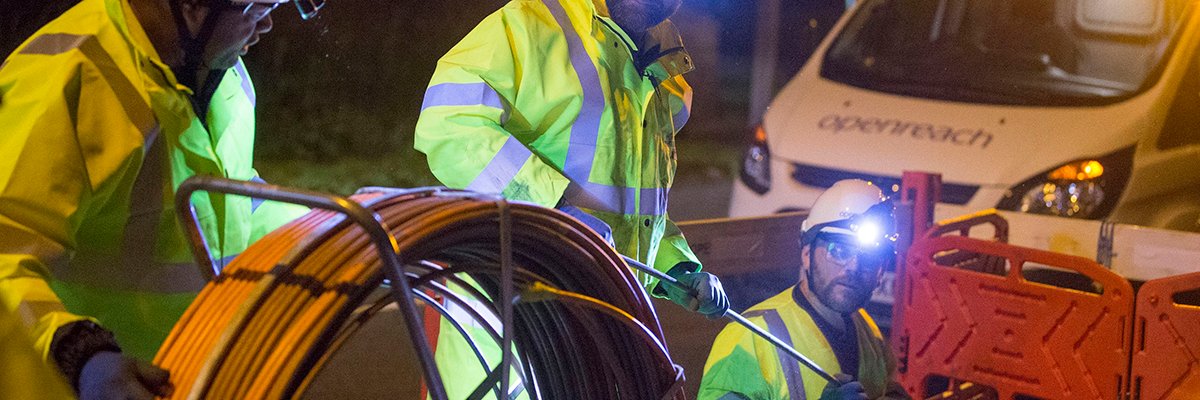
The past three years or so have been marked with providers in the UK fixed broadband industry accelerating the pace of roll-out of gigabit networks, mainly fibre-based, across the UK in areas previously underserved by ultra-high speed broadband.
At the end of the first quarter of 2023, overall fibre-to-the premises (FTTP) penetration stood at just over 15 million, up by two million from the end of 2022, according to research from analyst firm Point Topic.
The data comes from the analyst’s regular update on fixed broadband availability in the UK, tracking the progress between the end of December 2022 and the end of March 2023. It is based on the ThinkPoint broadband availability dataset which includes 1.7 million postcodes.
Overall, the study found that the key benchmark of 50% FTTP coverage in UK local authorities (LAs) was considerably higher at the end of the first quarter of 2023 compared with three months earlier, rising from 31% at the end of December 2022 to 39% three months later. In addition, during Q1 2023, 29 local authorities saw growth of more than 10% in the percentage of their premises passed with FTTP networks. East Renfrewshire, Staffordshire Moorlands and East Dunbartonshire topped the charts with +19.4%, +17.6% and +16.8% increase in premises covered by FTTP.
Among the top 10 LAs, those based in Northern Ireland dominated, attributed by Point Topic to the prominent presence by the UK’s leading FTTP provider Openreach and the roll-outs by Fibrus. The overall top spot was retained by Kingston upon Hull, thanks to local provider KCOM. Coventry and Milton Keynes have also remained in the top 10, as in the previous months. Among all LAs, in Q1 2023 the largest number of FTTP premises added was in Glasgow, adding 28,695, and the largest percentage growth was the 19.4% seen in East Renfrewshire.
By contrast, the bottom 10 LAs were based mainly in Scotland and the North West of England. Point Topic noted that most of these locations were regarded as not attractive targets for fibre investment, as they were either rural, remote or both.
In Q1 2023, the study saw a number of LAs fall from the bottom list, as they saw a more or less significant growth in FTTP coverage since end-2022. This cohort included Wyre Forest (+13.6%), North East Lincolnshire (+9.6%), Woking (+6.5%) and Oadby and Wigston (+3.6%). The analyst also emphasised that figures do not include Virgin Media O2’s DOCSIS 3.1 network coverage, which is widely available in some of the LAs.
Despite recent research from UK comms regulator Ofcom warning of the continued need to prevent a digital divide from growing in the UK, the Point Topic study revealed that local authorities in remote and rural areas still lack access to gigabit broadband, with Isles of Scilly remaining at the top of the list in terms of percentage of premises not passed by gigabit capable networks (98%) and Cornwall by the number of premises not covered (156,000), though the latter saw an improvement from 163,000 recorded at the end of 2022.
Looking in terms of customer choice of gigabit provider, the data calculated that across the UK, more than 1.6 million premises could choose between three independent fibre ISPs, so called altnets. These figures were up from one million premises recorded in December 2022. Bournemouth, Aberdeen and West Northamptonshire saw the largest number of new FTTP premises passed by three providers.
Across the UK, 2.5 million premises had access to two or more independent fibre providers at the end of March 2023, compared with 2.1 million in December 2022.

Comentarios recientes